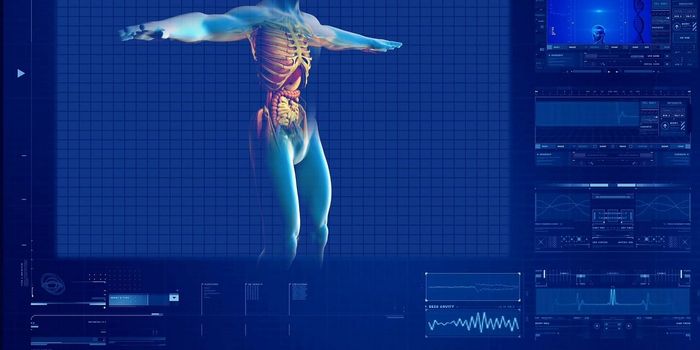Taking EEG measurements in virtual reality
A team of researchers at the University of Texas-Austin have designed a new electroencephalogram (EEG) device that can be added to a virtual reality headset and used to capture EEG readings (and thus brain activity) of a wearer. The new EEG device is described in a recent article published in Soft Science.
EEGs are a routine type of exam that can be used to understand the brain activity of a person and, specifically, look for abnormalities in that person’s brain electrical activity that may signal a larger problem. EEGs can often be used to detect and monitor conditions like epilepsy (which directly effect electrical activity in the brain. They can also be used to “study” how your brain responds to certain stimuli.
Virtual reality, which has skyrocketed in popularity in recent years, offers a unique way for researchers and clinicians to integrate EEGs into patient care in ways that could change the treatment landscape for certain patients. For example, patients with conditions like post-traumatic stress disorder (PTSD) require certain kinds of care to help them cope with their condition. Certain types of treatments, for example, involve helping expose patients to things that might trigger their PTSD in a more controlled environment. Dubbed “exposure therapy,” this offers clinicians a way to expose patients to fears or other triggers of their PTSD.
Virtual reality offers a unique, controlled environment in which to conduct exposure therapy. However, it can be challenging to also measure a person’s brain activity with an EEG, which could help monitor a person’s response to exposure therapy treatment. Typically, EEGs requiring wearing a certain type of cap that can make it difficult to also wear a virtual reality headset.
To overcome this problem, researchers designed a novel type of EEG electrode that could be compatible with a virtual reality headset. They designed softer electrodes that press against the scalp when wearing a VR headset without being uncomfortable. So far, researchers have tested their VR headset and novel EEG system on volunteers with relative success.
Sources: Medgadget; Soft Science; Johns Hopkins








